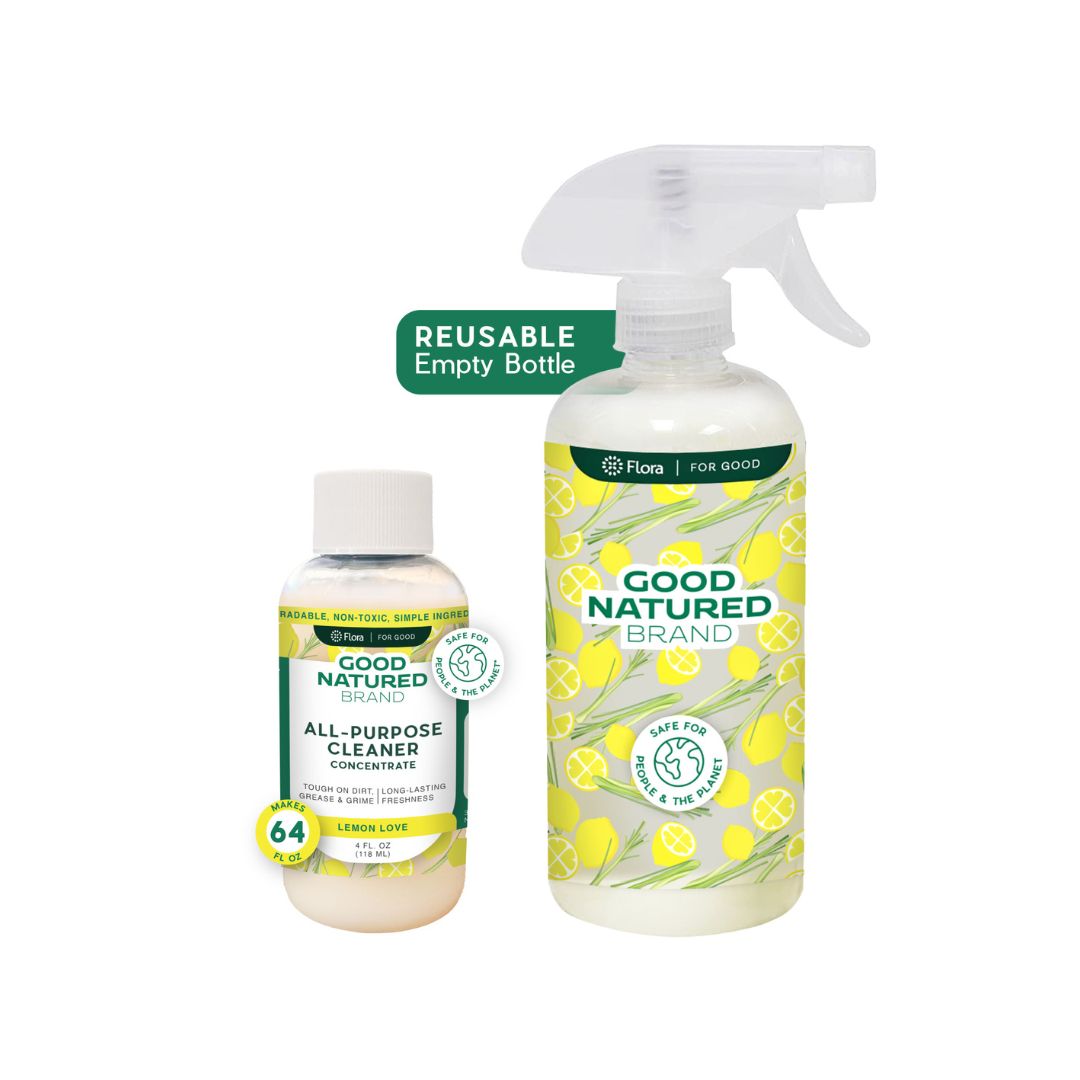Understanding Ticks and Their Risks
As outdoor enthusiasts, whether we’re hiking through lush forests, camping in the wilderness, or enjoying a picnic in the park, we encounter various elements of nature that can enhance our experience. However, one of the less pleasant aspects of outdoor activities is the risk of ticks. These small, blood-sucking arachnids can pose serious health risks to both humans and pets. Understanding ticks and their associated dangers is the first step in ensuring a safe and enjoyable outdoor adventure.
What Are Ticks?
Ticks are small, parasitic arachnids that thrive in grassy or wooded areas. They are often found in environments where they can latch onto a host, feeding on blood to grow and reproduce. There are several species of ticks, but the most commonly encountered in North America include the deer tick (or black-legged tick), the dog tick, and the lone star tick. Each of these ticks can carry pathogens that lead to diseases such as Lyme disease, Rocky Mountain spotted fever, and ehrlichiosis.
The Risks of Ticks During Outdoor Activities
Ticks are most active during the warmer months, which coincides with peak outdoor activity times. When venturing into areas where ticks are prevalent, it is crucial to be aware of the following risks:
-
Tick-Borne Diseases: Lyme disease is perhaps the most well-known tick-borne illness, but there are several others that can have serious health implications. Understanding these risks can help outdoor enthusiasts take preventative measures.
-
Symptoms of Tick Bites: Early symptoms of tick bites can include fever, chills, fatigue, and rashes. If left untreated, tick-borne diseases can lead to severe complications. It’s essential to recognize these signs early and seek medical attention if necessary.
-
Pets and Ticks: Ticks can also affect our furry companions. Pets that spend time outdoors are at risk of picking up ticks, which can lead to similar health issues as in humans. It’s crucial to be vigilant about tick prevention for our pets as well.
Why Choose Natural Tick Prevention?
When it comes to protecting ourselves and our pets from ticks, there are various methods available, including chemical repellents. However, many people are increasingly opting for natural tick prevention methods due to their effectiveness and reduced environmental impact. Here are some compelling reasons to consider natural tick prevention:
-
Safety: Chemical repellents can sometimes cause skin irritation or allergic reactions. Natural alternatives, often made from essential oils, are generally gentler on the skin and safer for both humans and pets.
-
Environmental Impact: Traditional insect repellents often contain harmful chemicals that can contribute to environmental pollution. Natural repellents provide a safer approach that is less likely to harm local ecosystems.
-
Effectiveness: Many natural ingredients, such as certain essential oils, have been shown to be effective at repelling ticks. By using these natural alternatives, you can enjoy the outdoors without the worry of harmful chemicals.
Types of Natural Tick Repellents
When considering natural tick prevention for your outdoor adventures, there are several effective ingredients to keep in mind:
-
Essential Oils: Oils such as lavender, peppermint, eucalyptus, and tea tree oil have been shown to repel ticks effectively. These oils can be diluted and used in homemade sprays or incorporated into clothing.
-
Vinegar: Apple cider vinegar is another natural alternative that may help deter ticks. Its strong scent is unappealing to these pests, making it a useful addition to homemade tick repellents.
-
Citrus: Many ticks are averse to citrus scents, making lemon and orange oils potential natural repellents. These can be used in combination with other essential oils for a more effective spray.
-
Natural Sprays: You can create your own natural tick repellent spray using these ingredients. Combining water, apple cider vinegar, and essential oils in a spray bottle can yield an effective deterrent for outdoor activities.
Preparing for Outdoor Adventures
Being proactive is essential for tick prevention. Here are some tips to prepare yourself and your pets before heading outdoors:
-
Wear Protective Clothing: Opt for light-colored clothing to easily spot ticks. Long sleeves and pants provide coverage and reduce the chance of ticks latching onto your skin. Consider tucking pants into socks to create a barrier.
-
Treat Clothing with Natural Repellents: Before heading out, consider treating your clothing with a natural tick repellent spray. This extra precaution can further help keep ticks at bay.
-
Check Your Gear: When packing for outdoor activities, ensure that your gear, such as backpacks and tents, is clean and free of ticks. Regularly inspecting your equipment can reduce the risk of bringing ticks home.
Post-Adventure Tick Checks
After spending time outdoors, it is vital to conduct thorough tick checks on yourself and your pets. Here’s how:
-
Conduct a Full Body Check: Check your entire body, paying close attention to areas where ticks often latch on, such as behind the ears, underarms, and the back of the knees.
-
Inspect Pets: Ticks can easily attach to pets, especially in their fur. Carefully inspect your pet’s body, focusing on their ears, neck, and between their toes.
-
Shower After Outdoor Activities: Taking a shower after being outdoors can help wash off any ticks that haven’t yet attached. This is especially important if you’ve been in tick-prone areas.
Effective Strategies for Natural Tick Prevention
As outdoor enthusiasts, it's essential to take proactive measures to protect ourselves and our furry companions from ticks. In this section, we will explore practical strategies for natural tick prevention that can be easily incorporated into your outdoor adventures.
Natural Tick Repellents
Using natural tick repellents is one of the most effective ways to keep ticks at bay. Many essential oils are known for their repellent properties, making them a great choice for those who prefer to avoid harsh chemicals. Here are some effective natural tick repellents you can consider:
-
Essential Oils: Oils such as lavender, peppermint, eucalyptus, and citronella are known to repel ticks. You can create a homemade tick repellent spray by mixing a few drops of these essential oils with water in a spray bottle. Apply the mixture to your clothes and exposed skin before heading outdoors.
-
Vinegar: Apple cider vinegar is another natural remedy that can deter ticks. You can mix equal parts of apple cider vinegar and water and spray it on your clothing and skin. This not only helps repel ticks but also adds a fresh scent.
-
Rosemary and Other Herbs: Incorporating herbs like rosemary into your outdoor routine can be beneficial. You can make a herbal-infused oil or spray using rosemary, which is known for its tick-repelling properties.
DIY Natural Tick Repellent Recipes
Creating your own natural tick repellent is simple and effective. Here are a couple of easy recipes:
-
Essential Oil Tick Repellent Spray:
-
Ingredients: 10 drops of lavender essential oil, 10 drops of peppermint essential oil, 2 tablespoons of witch hazel, 2 tablespoons of water.
-
Instructions: Mix all ingredients in a spray bottle and shake well before use. Spray on exposed skin and clothing prior to your outdoor activities.
-
-
Vinegar Tick Spray:
-
Ingredients: 1 cup apple cider vinegar, 1 cup water, 5 drops of essential oil (optional).
-
Instructions: Combine the ingredients in a spray bottle. Shake well and spray on clothing and gear before heading outside.
-
Pre-Outdoor Adventure Preparations
Preparation is key to effective tick prevention. Here are some tips to help you get ready before you embark on your outdoor adventures:
-
Dress Appropriately: Wear light-colored clothing to make it easier to spot ticks. Opt for long sleeves and long pants, and consider tucking your pants into your socks to create a barrier against ticks.
-
Use Natural Tick Repellent on Clothing: Treat your clothing with natural tick repellents before heading out. This adds an extra layer of protection against tick bites. You can use products such as Room and Linen Sprays that contain natural ingredients that repel pests.
-
Choose Your Outdoor Route Wisely: Stick to well-maintained trails and avoid walking through tall grass or dense brush where ticks are likely to be found. Plan your outdoor adventures in areas where tick populations are known to be lower.
Post-Adventure Tick Checks
Performing tick checks after your outdoor excursions is crucial for early detection and removal. Here’s how to do it effectively:
-
Check Yourself and Your Pets: After spending time outdoors, thoroughly check your body and your pets for ticks. Pay attention to areas where ticks tend to hide, such as behind the ears, under the arms, and around the waist.
-
Use a Mirror: When checking your own body, use a mirror to look at hard-to-see areas. Make sure to examine the scalp, behind the knees, and in the groin area carefully.
-
Prompt Removal: If you find a tick, remove it as soon as possible using fine-tipped tweezers. Grasp the tick as close to the skin's surface as possible and pull upward with steady, even pressure. Clean the bite area and your hands afterward.
Additional Outdoor Safety Tips
To further enhance your outdoor safety and reduce the risk of tick bites, consider the following:
-
Keep Your Yard Tidy: If you have pets, maintaining a clean and well-kept yard can help minimize tick populations. Keep grass trimmed, remove leaf litter, and clear away tall grasses and brush.
-
Regularly Wash Pet Bedding: Use eco-friendly Laundry Powders when washing your pet’s bedding to ensure a clean and safe environment.
-
Utilize Eco-Friendly Cleaning Products: Maintain a clean home environment with non-toxic cleaning solutions such as All Purpose Cleaners. This can help ensure that your indoor spaces remain free of ticks and other pests.
Conclusion
Natural tick prevention is essential for anyone who enjoys outdoor adventures. By utilizing natural repellents, preparing adequately before outdoor activities, and conducting thorough post-adventure checks, you can significantly reduce your risk of tick bites. Emphasizing natural solutions not only keeps you and your pets safe but also contributes to a more sustainable lifestyle.
For more tips on eco-friendly living and cleaning solutions, check out the Good Natured Brand Blog and explore our range of Carpet Deodorizers to keep your home fresh and inviting. Together, we can create a safer and healthier environment for our families and our furry friends.



















